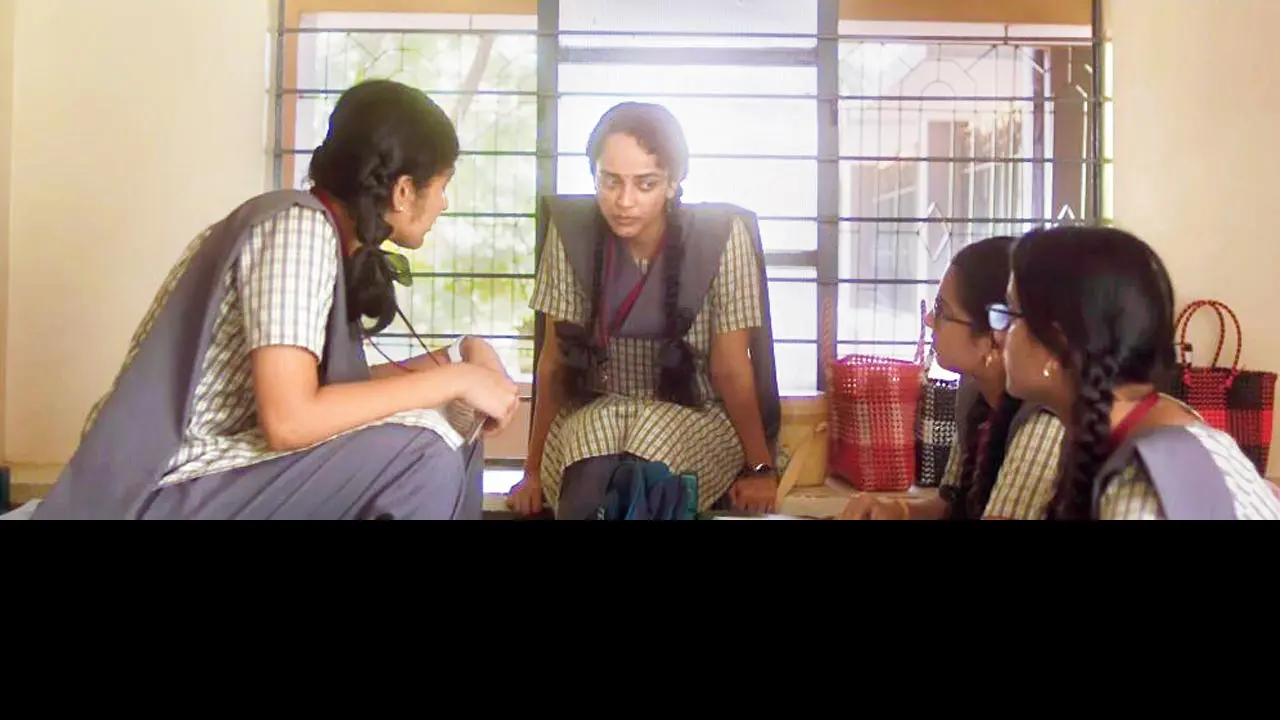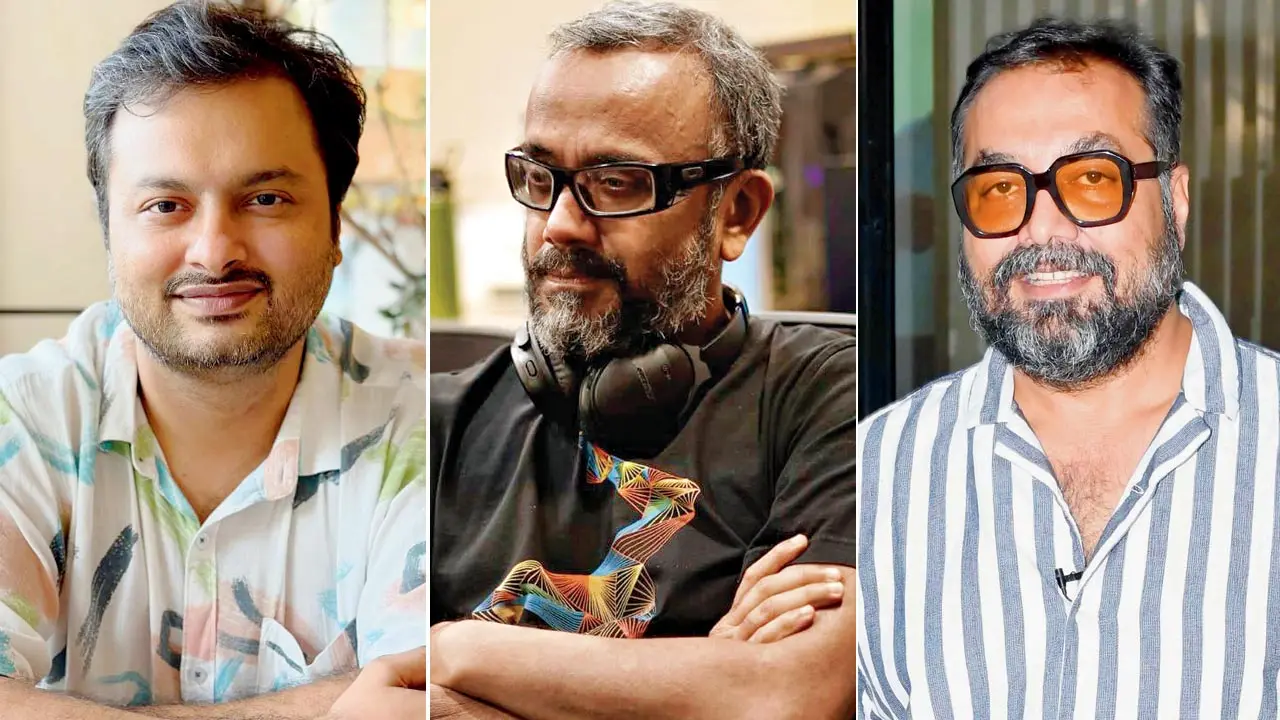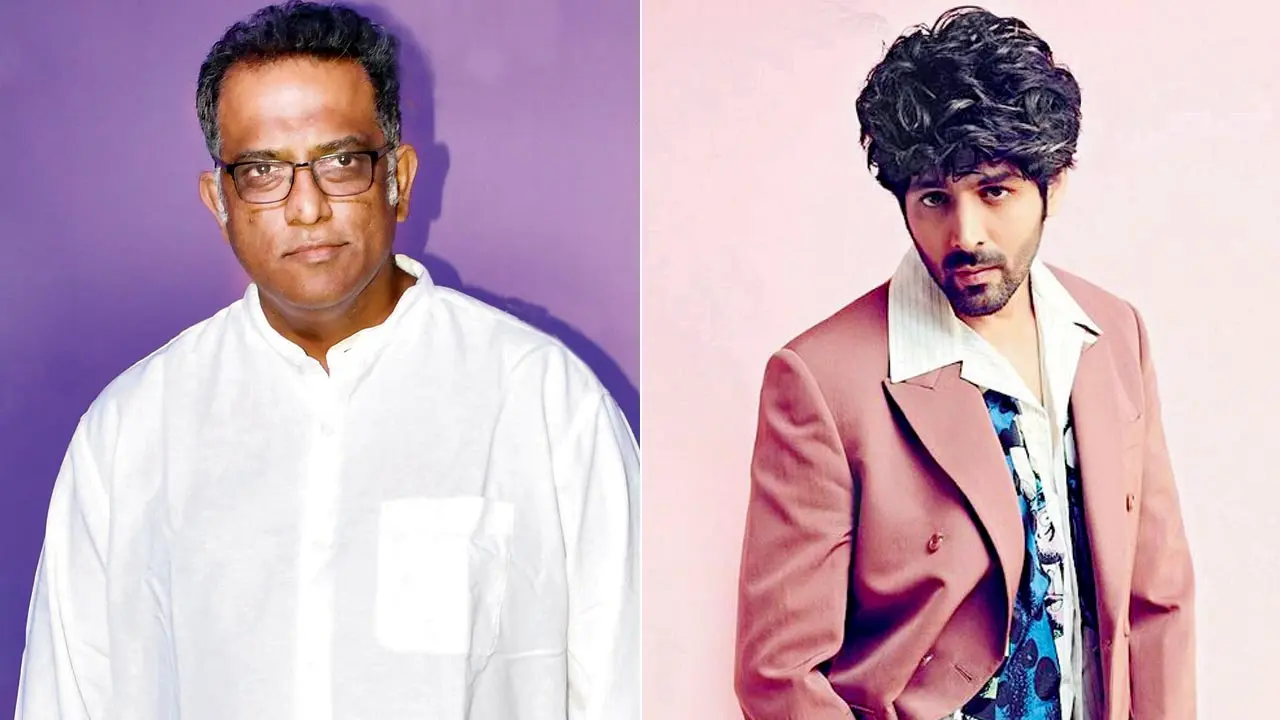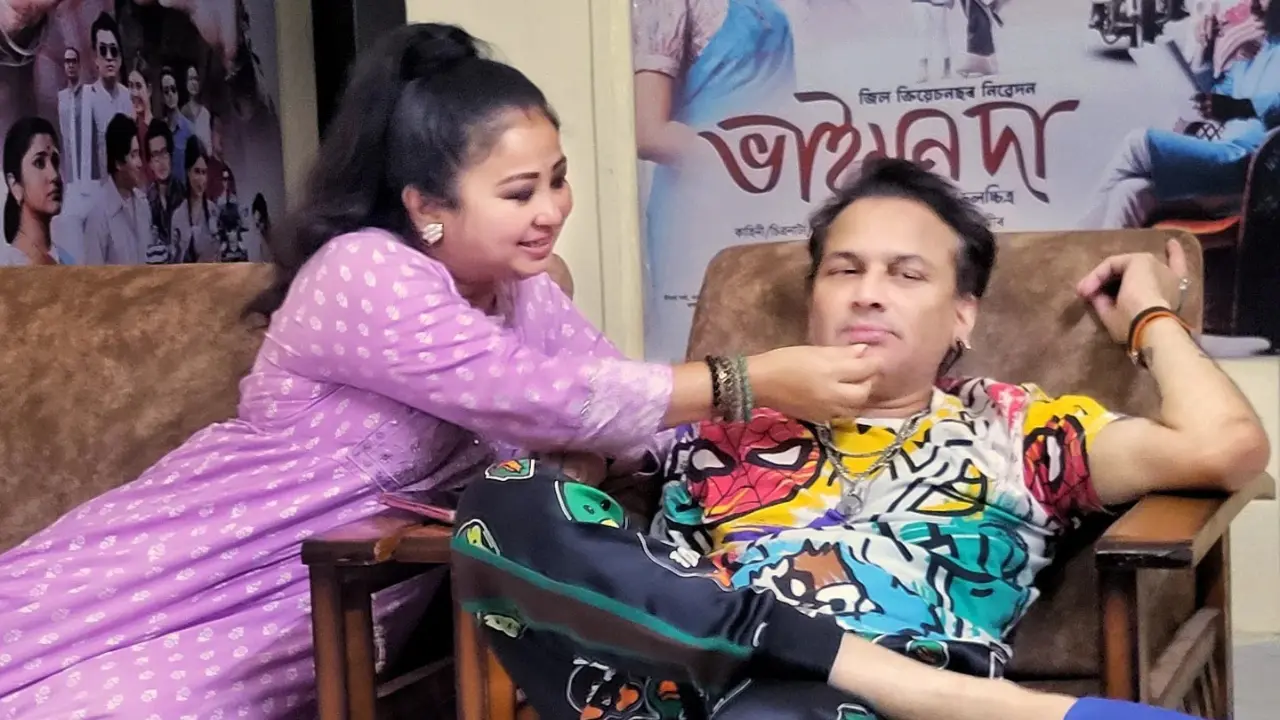If films come with their own destiny, Bad Girl was always destined to reach the Tamil and Hindi-speaking audience. Varsha Bharath’s maiden directorial venture was released in Tamil on September 5. Now, the Hindi version of the movie, which sees Anjali Sivaraman as a teenage girl navigating lust and love in Chennai, is set to hit theatres on September 26.
Bharath remembers that right after scripting, many suggested she make the coming-of-age film in Hindi. “Many people asked me, ‘Why don’t you make this in Hindi? They have female leads who can mount a project without any hero.’ I was told this would make a great Hindi film. Also, the audience is much bigger for a Hindi movie. In Tamil cinema, you’re likely to have a big audience if you make something that is connected with the rural audience,” she explains.
Varsha Bharath on the film’s set
But the director and writer were certain that she wanted to tell the story in a language and world she understood the best. “I didn’t know the world [of the Hindi audience] nearly enough. Authenticity is a big part of the movie. I didn’t feel confident about setting this anywhere but in Chennai. But I realised the story is universal as feelings are universal,” she says, before quipping, “Now I joke that I’m a pan-India
filmmaker.”
With Bad Girl, Bharath also feels a sense of vindication. Earlier, on seeing the trailer, many had claimed that the movie promoted underage drinking and showed the Brahmin community in a negative light. That changed after the release. “A conservative YouTuber wanted my film boycotted. After watching the film, he said that he was wrong and the movie is nothing like he had imagined. Everything that happened after the trailer came out, boiled down to nothing after the movie was released. I wanted to make a film that women can watch with their mothers because of late, there has been no film that I want to take my mother to.”
Vetrimaaran and Anurag Kashyap
The director found two champions in producer Vetrimaaran and presenter Anurag Kashyap. “Vetrimaaran gave me a free rein. It’s only after I edited the film that he gave me feedback. So, I had the space to make mistakes and learn,” she says, before praising Kashyap. “They’d nudge me in a certain direction instead of telling me exactly how they’d do it. The most exciting part was having two people who told me, ‘You’ve made a good film, now let us take care of the rest’.”











